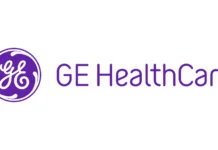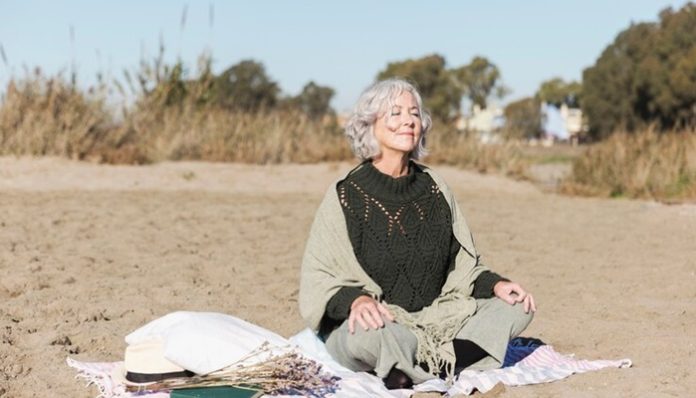As Canada’s senior population grows, the need for solutions that allow older adults to maintain their independence while ensuring their safety has become increasingly important. Many seniors want to continue living in their homes, surrounded by familiar environments and memories. However, the risk of falls, health emergencies, and mobility challenges can create obstacles for those who wish to live independently. Fortunately, Canadian medical alert systems are offering seniors the confidence to live independently while staying safe. These devices have become essential tools, allowing seniors to maintain autonomy while having access to emergency help at any time.
In this article, we will explore how medical alert devices are providing Canadian seniors with the support they need to live on their own terms. From advanced features to the emotional benefits of using these systems, we’ll dive into why medical alert devices have become so valuable.
The Growing Desire for Independence Among Canadian Seniors
Aging brings new challenges, but one thing that remains constant for many seniors is the desire to stay in their homes as they age. More than 90% of Canadian seniors have expressed a preference for aging in place rather than moving to assisted living or care facilities. This desire is often driven by emotional and psychological factors, including the comfort of being in familiar surroundings and maintaining a sense of control over one’s life.
Yet, with age comes a greater risk of falls, sudden medical emergencies, or other health issues that can make independent living difficult. This is where medical alert devices come into play, offering a solution that balances safety with independence. These devices provide seniors with an easy way to reach help in an emergency, ensuring that living alone doesn’t have to mean living at risk.
What Are Medical Alert Systems?
Medical alert systems are wearable devices, typically in the form of pendants or wristbands, that allow seniors to connect with emergency support. At the press of a button, the device links to a 24/7 monitoring service, where trained operators assess the situation and send the appropriate help, whether it be a family member, neighbor, or emergency services.
These systems come in a range of options, from basic home-based devices to more advanced systems with features like fall detection and GPS tracking. This variety ensures that seniors can choose the device that best fits their lifestyle and needs.
Key Features of Medical Alert Devices
The wide range of features available in modern medical alert devices makes them incredibly useful tools for seniors seeking to live independently. Let’s take a look at some of the most important features that these devices offer:
1. 24/7 Monitoring
Medical alert devices offer around-the-clock access to emergency assistance. No matter the time of day, seniors can trust that help is just a button press away. This continuous monitoring provides peace of mind for both seniors and their families.
2. Fall Detection
Falls are a leading cause of injury among older adults. Medical alert devices equipped with fall detection technology can automatically detect when a senior has fallen and send an alert, even if the individual is unable to press the button.
3. GPS Tracking
GPS-enabled devices are ideal for seniors who lead active lifestyles or for those who may be prone to wandering due to memory-related conditions. These devices allow caregivers to track the senior’s location in real time, ensuring their safety even when they are outside the home.
4. Two-Way Communication
Many medical alert devices feature two-way communication, allowing seniors to speak directly with emergency operators through the device. This ensures that any instructions or reassurance can be provided immediately.
5. Waterproof Designs
Many medical emergencies occur in the bathroom or shower, where falls are more likely to happen. Medical alert devices with waterproof designs provide protection even in these high-risk areas, ensuring that seniors are safe at all times.
Psychological and Emotional Benefits of Medical Alert Devices
While the physical safety benefits of medical alert devices are well known, the psychological and emotional impact is just as significant. Seniors who use these systems often report feeling a greater sense of confidence and security, knowing that help is always within reach. This sense of safety encourages seniors to continue living independently, rather than feeling forced to move to a care facility due to concerns about their health.
This increased confidence extends to the senior’s family as well. Adult children and other family members often worry about their elderly loved ones living alone. Equipping seniors with a medical alert system helps ease these concerns, as family members know that their loved ones can quickly access help in case of an emergency.
Enhancing Safety While Maintaining Independence
Medical alert systems don’t just keep seniors safe—they help maintain a lifestyle of independence. Seniors who have these devices can confidently carry on with their daily routines, whether that involves gardening, cooking, or even going out for walks. The knowledge that assistance is always available can make a world of difference in maintaining their independence.
These devices are also beneficial for seniors with chronic health conditions, such as heart disease or diabetes. Medical alert systems give these individuals the freedom to manage their health while living independently, without the constant fear of what might happen if they experience a medical emergency when no one is around.

A Practical Investment in Senior Safety
When compared to the cost of assisted living or hiring in-home caregivers, medical alert devices are a relatively affordable investment. While there is usually an upfront cost for the device itself, most systems offer monthly subscription plans that cover monitoring services, making them accessible to a wide range of seniors.
Some insurance providers and provincial health plans may even cover part of the cost of a medical alert device, depending on the individual’s needs. This affordability means that seniors can continue to live independently without having to worry about a significant financial burden.
Factors to Consider When Choosing a Medical Alert Device
With so many medical alert devices available in Canada, it can be overwhelming to choose the right one. However, understanding your specific needs can help make the decision easier. Here are a few things to consider:
- Level of Activity: If a senior is active and spends a lot of time outside the home, a device with GPS tracking might be the best option. Those who stay home more often may only need a home-based system.
- Health Needs: Seniors with chronic conditions or memory impairments may benefit from devices with additional features like fall detection or location tracking.
- Budget: It’s important to find a device that fits both the senior’s needs and financial situation. Comparing plans and speaking with a healthcare professional can help make an informed choice.
Seniors should also take into account their comfort with technology. Some systems may be more user-friendly than others, so it’s important to choose a device that is easy to use and understand.
Conclusion
Medical alert devices are providing Canadian seniors with the confidence to live independently while remaining safe in their homes. These systems offer essential features such as 24/7 monitoring, fall detection, and GPS tracking, all of which allow seniors to maintain their autonomy without compromising their safety. By choosing the right system for their needs, seniors can continue living their lives with the reassurance that help is always just a button press away. Whether you’re considering a medical alert device for yourself or a loved one, it’s clear that these systems are a powerful tool for maintaining both independence and peace of mind.


















